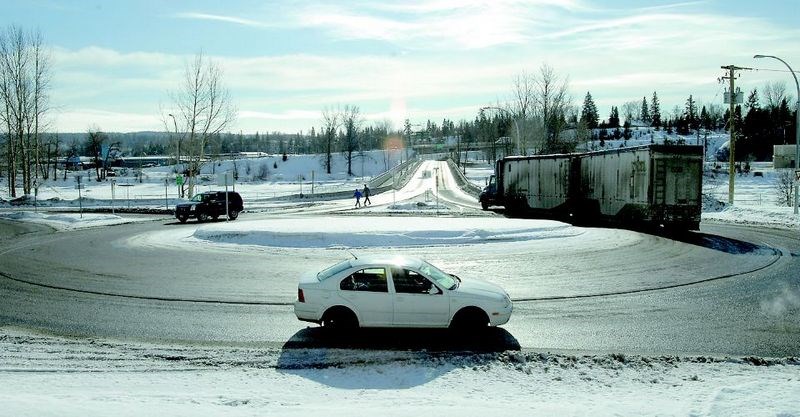Traffic roundabouts are designed to reduce traffic congestion and to keep traffic flowing smoothly, said RCMP Const. Lesley Smith.
Motorists need to watch for, and obey the traffic control devices like 'yield' or 'stop', Smith said.
Know where you want to go before you enter a roundabout and enter the correct lane. If you want to make a left turn, make sure you are in the left lane. If you want to turn right, use the right lane. If you want to go straight you can use either the left or right lane.
"If you approach the circle and are the only vehicle entering, you have the right of way," said Smith.
"If you approach the circle when there are other vehicles trying to enter, the vehicle on the right has the right of way."
Signal when you are at the exit point to indicate you are exiting.
Always yield to any traffic that has entered the roundabout, and enter when it's safe to do so. Go around the circle to the right (counter clockwise) and don't change lanes in a roundabout.
Avoid driving alongside big trucks and buses in roundabouts since they may need more room than their lane to get around the roundabout
If you see an emergency vehicle approaching, stop and do not enter the roundabout until it has passed or exit the roundabout and then stop to allow the emergency vehicle to pass.



